The printing industry is one of the biggest sectors with multi-layered units and operators. The machine required to print on paper differs from fabric or canvas printing. So, while we acknowledge the uniqueness of the printing industry, our focus will be on T-shirt heat press and screen printing.
What makes t-shirt heat press different from screen printing, and which is the better option in the great t-shirt heat press vs screen printing debate? We’ll answer these questions and more as you keep reading.
Screen Printing versus Heat Transfer – What’s the Difference?
Over the years, there has always been an unending argument on the best printing model for a garment. For some people, a T-shirt heat press is the best option, and for some, screen printing is a better option. Before going further, we must differentiate the two printing models to grasp what makes them unique and help you make an informed decision when choosing between the printing methods.
What is Screen printing?
Screen printing is an age-long printing practice, and its origin can be traced to China in the 10th century. In China, the printers working with screen printing use silk screening to transfer images from clothes and other garments.
Custom screen printing employs a fine screen mesh to create a stencil. When the stencil is created, the printer will have to pour the ink into the mesh. The ink will be spread on the screen, and because of the structural design of the screen printing machine, the ink will pass through the mesh, where it will make contact with the underlying fabric or garment the printer wants to print upon.
Now, because of the delicate nature of the screen printing machine, the printer can only print one color at a time. So, in a situation where multiple colors will be printed, the printer will have to create multiple screens that reflect the colors he plans on printing.
Once the first color has been printed on the fabric, there is always a printing stoppage time. The essence of this interlude is to allow the color to dry before moving on to printing the next colors on the fabric.
What is Custom heat transfer?
Heat transfer, also known as thermal-transfer printing, thermal printing, or thermal wax transfer, is a form of digital printing that allows printers to use heat to transfer images on an underlying fabric. Unlike screen printing, heat transfer printing is achieved by printing specialized inks into vinyl film, transfer paper, or sublimation paper. After printing the personalized design on any of these materials, the next stage is to use a heating transfer machine to print the design on another product, such as glassware or clothing.
In addition, custom heat transfer is available in vinyl and digital form, and they both use heat and pressure. The standardized method of the two is the vinyl method because it uses vinyl letters and designs created using machines instead of manual settings. After the letters have been created, they will be assembled to where they will be transferred to the clothing using a heating machine that produces high pressure.
The process of digital heat transfer differs from the vinyl printing method. In the place of vinyl letters, digital heat transfer uses solvent inks to print designs on specific heat transfer papers. After printing on the paper, the entire design will be placed on the heat press. The advantage of this method over vinyl is that it consumes less material and saves production time.
VEVOR Heat Press Machine 2In1 15x15in Sublimation Print Transfer
Heat transfer printing can sometimes be difficult to achieve, especially when working with a machine with an unreliable motherboard. However, when you carry out your heat transfer printing using the VEVOR heat press machine 15×15 inch machine, you get to work with a heat transfer machine designed with a reliable motherboard. Another takeaway from using this machine is that you are in firm control of measuring the temperature level because it has an accurate temperature level measurement.
Still not convinced? Here are some key features of the VEVOR heat press machine and why you need one to have a blissful heat transfer printing experience.
360° SWING AWAY DESIGN
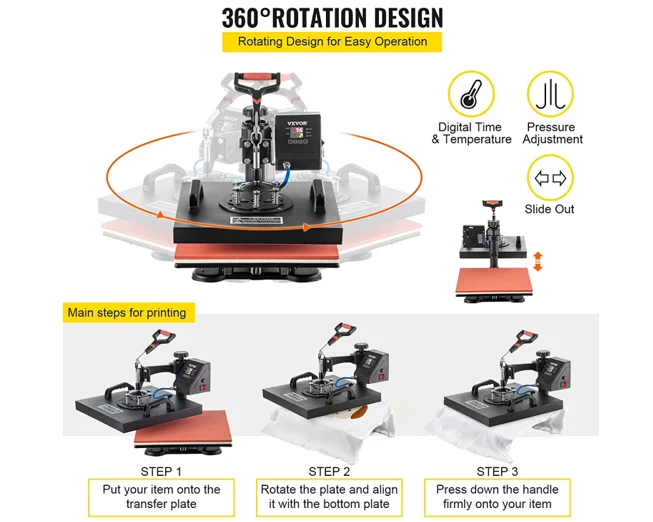
One of the advantages of the 360 swing-away design of the VEVOR multifunctional heat press machine 15×15 is that it reduces the chances of creating accidental contact during or after pressing. Also, you can easily move the top plate away to create space after pressing. In addition, the 360° swing away arms help the machine apply pressure evenly and directly on the sublimation machine without any distortion.
DIGITAL CONTROL & DISPLAY
Gone are the days when users were boxed into using manually controlled heat transfer machines. The VEVOR multifunctional heat press machine 15×15 is designed with a digitalized control display board that allows users to easily understand the machine’s operation. With well-designed silicone screen buttons, users enjoy the comfortable soft touching screen without commotion.
SECURITY PERFORMANCE

Heat transfer machines need the heat level to be charged up to perform optimally. But on the other hand, a heat level that is out of control can be an Achilles heel for both the machine and its operator. So, to ensure safety, the VEVOR multifunctional heat press machine 15×15 is designed with an insulator that ensures the machine’s heat level is kept at bay at all times. The VEVOR inbuilt insulator technology helps the machine maintain 50 to 70-degree surface temperature when the working temperature reaches 210 degrees Celsius.
8-IN-1 VERSATILE KIT
If you are looking for a machine that is big enough to accommodate different printing sizes, VEVOR multifunctional heat press machine 15×15 stands out. The 15 x 15 large heat plate size is equivalent to 38 x 38 cm, making it suitable for printing numbers, patterns, and letters on various items like plates, aluminum pots, caps, and T-shirts.
DUAL-TUBE HEATING
You don’t want to miscalculate the heat level between the center and the edge when it comes to heat transfer printing. For instance, old and traditional heat transfer machines have heat level differences between the center and the edge that can sometimes exceed 100oC. However, the VEVOR multifunctional heat press machine 15×15 is designed with an advanced system known as double heating technology. This feature enables the heat transfer machine to have a temperature difference of 50oC between the center and the edge compared to the 100oC obtainable from the old-fashioned heat transfer machine.
PROS OF T-SHIRT HEAT PRESS
There is no clear-cut answer to this question because the screen and custom heat transfer have advantages. The easiest way to identify screens from custom heat transfer is their impact on the fabrics. Screen printing tends to blend and look lighter on fabrics, which makes it durable. In contrast, the heat transfer procedure requires the printer to print first on a printing material before the print is finally transferred to the fabric using a heating system. This method makes a custom heat transfer bond at the top layer of the fabric.
In addition to the points above, here are some other areas where the T-Shirt press has the edge over screen printing.
● Oddly shaped garment
If the object you want to print on is oddly shaped, you can always rely on heat transfer to bail you out. Screen printing cannot be called upon to print on items like caps, shaped items, or backpacks.
● High Quality
Whether you are making the print for yourself or a client, one thing you don’t want to compromise on is his quality. Although screen printing has its strength, we recommend heat press when it comes to printing quality colors, especially on T-shirts, without losing the color quality. The reason is that screen printing can only print one color at a go, while heat press can print more than one color for the same package.
● Cost Effective
We all like quality, especially when we can get it at an affordable price. When you compare how much it will cost to print on a T-shirt using screen printing, you will find out that heat transfer is way cheaper. Heat transfer can get the job done faster, neater, and more efficiently with high-quality colors without damaging the resolution and distorting the original colors.
Conclusion
T-shirt heat press and screen printing are unique and can be used to print various items. However, when it comes to printing on odd items, cost incentives, and handling large printing projects, especially garments and fabrics, we recommend choosing a t-shirt heat press. Another plus that gives the t-shirt heat press an edge over screen printing is that t-shirt heat press machines are easy to use, especially when using new technology like the VEVOR multifunctional heat press machine 15×15.
Why choose VEVOR?
VEVOR stands out from other brands because we are a customer-centric brand. From inception, our philosophy has not shifted. Our aim and objective are to provide professionals and DIYs the bragging right to have equipment that can bring out the best in what they do at a reasonably low and competitive price. We deliver to our customers on time and have a dedicated customer service team that is available 24/7 to meet your expectations.
Stay updated! Subscribe for the latest blogs and special offers!
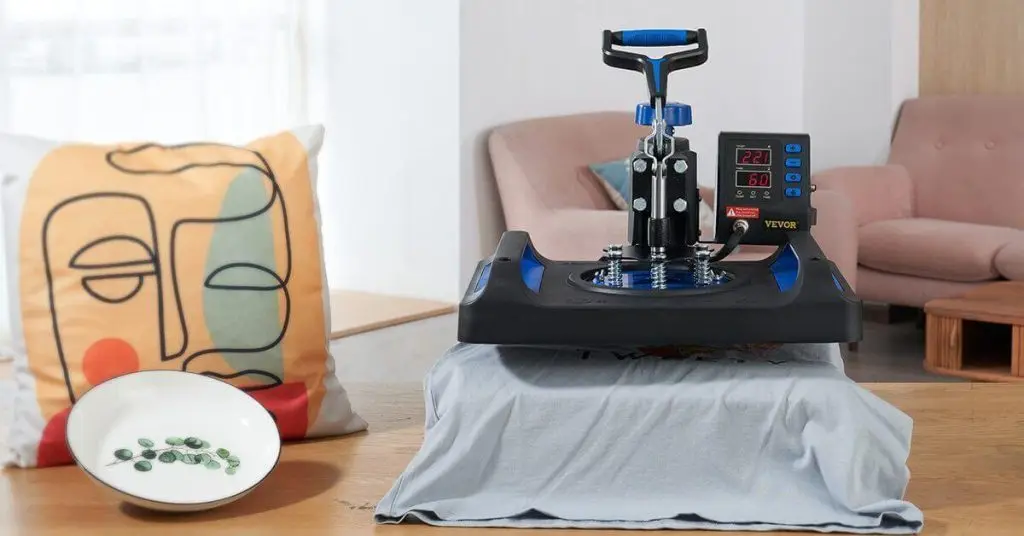

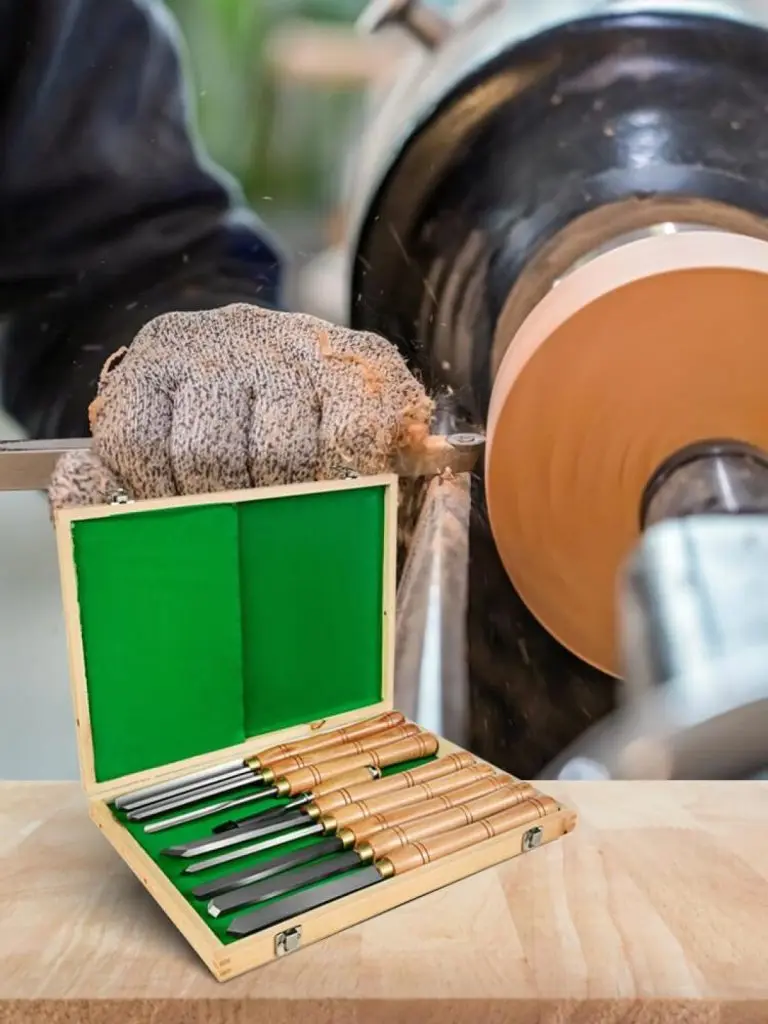
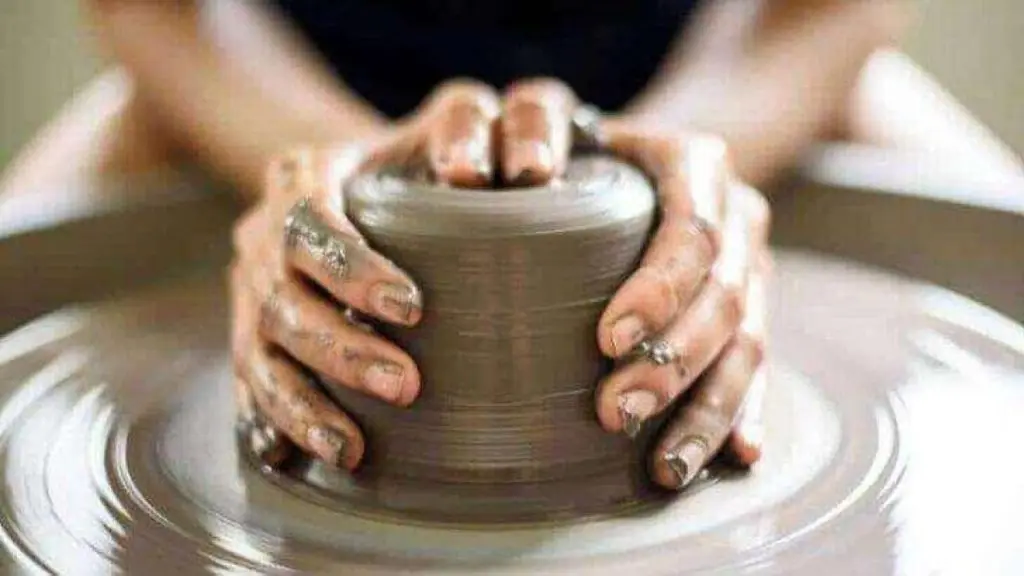
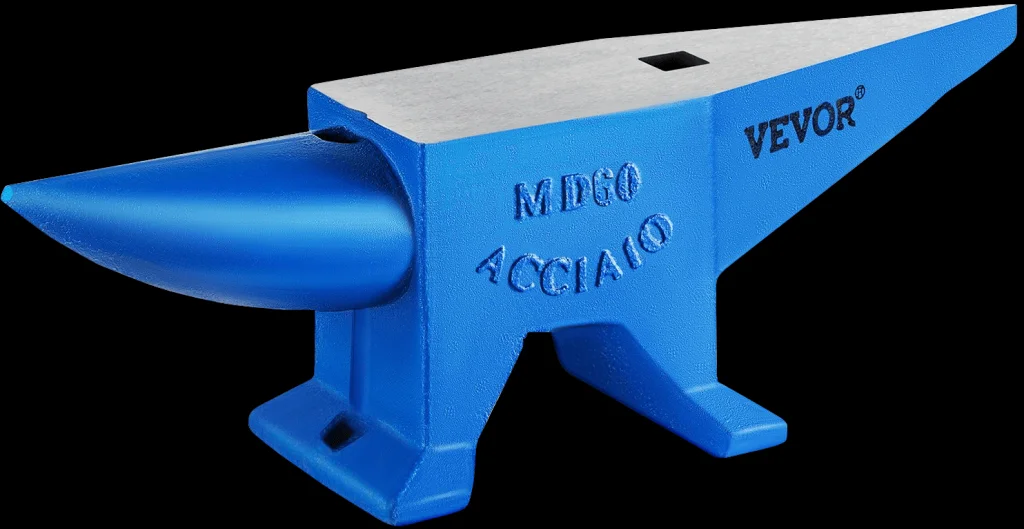
Excellent post. Keep posting such kind of info on your blog.